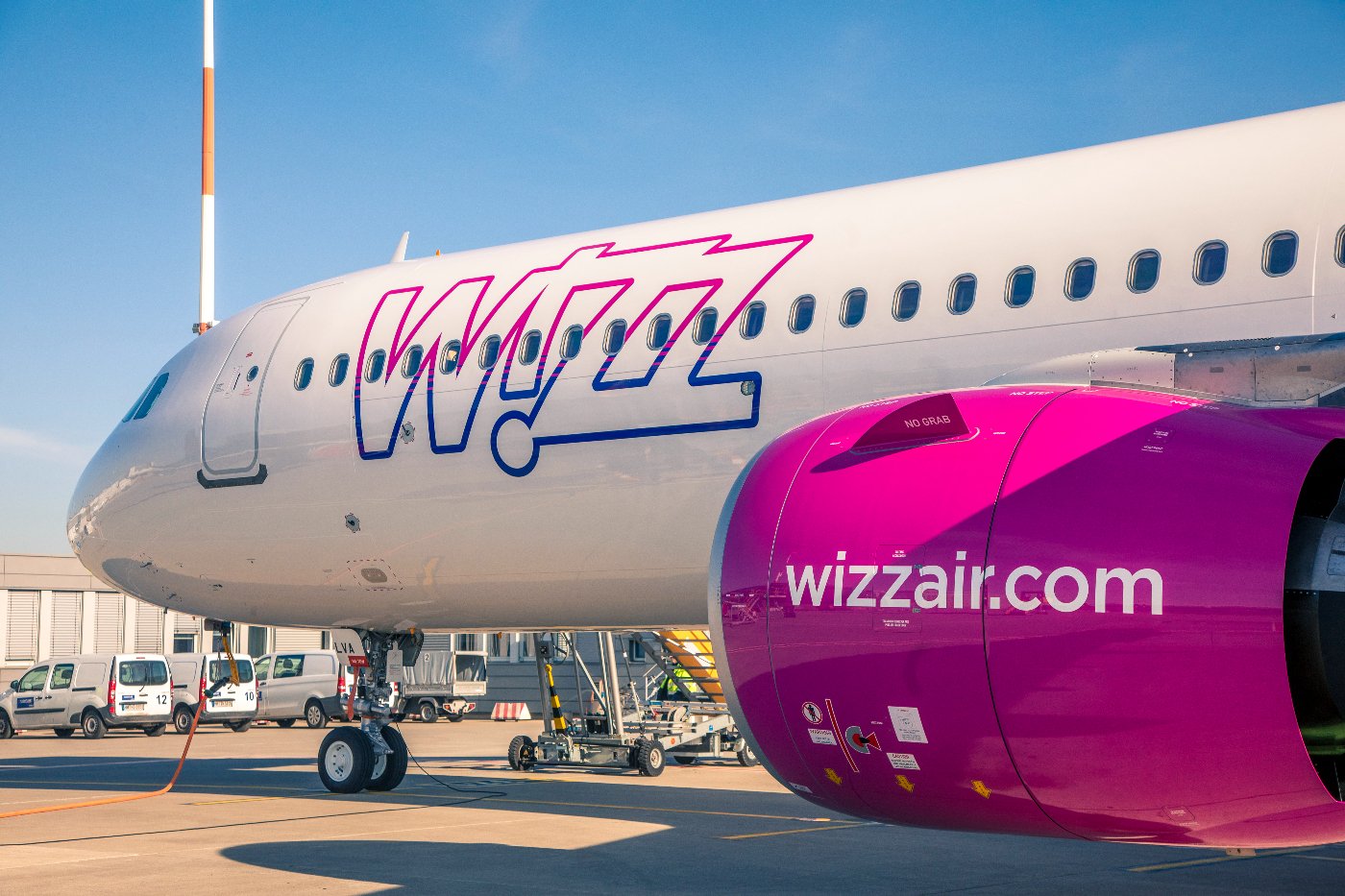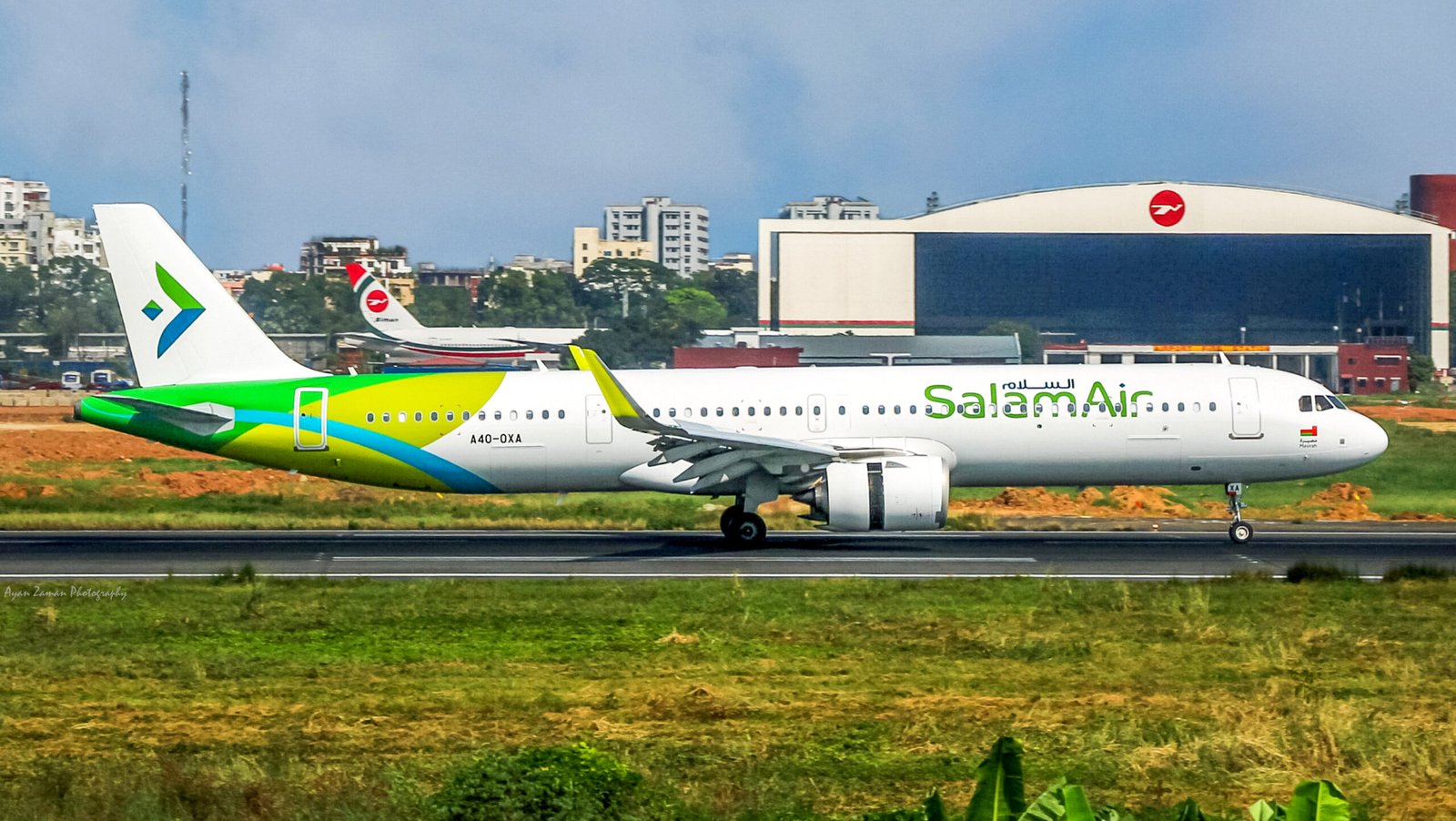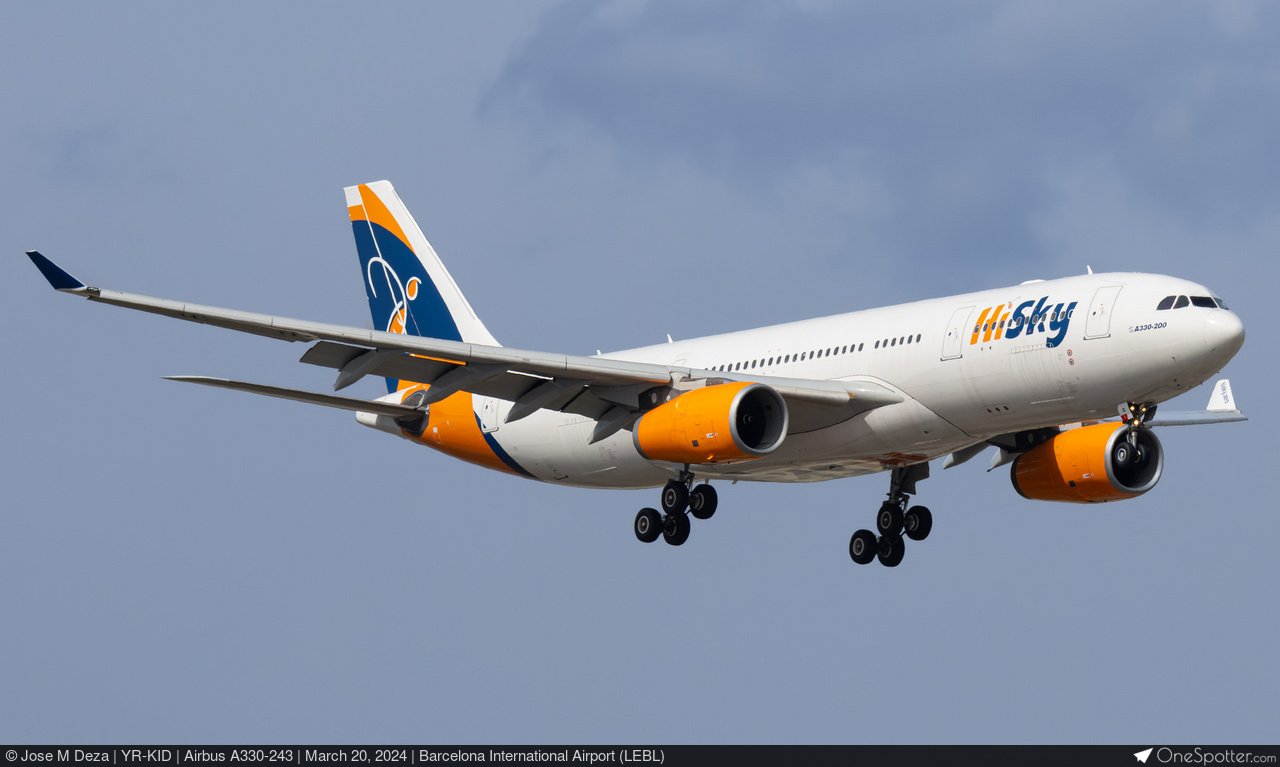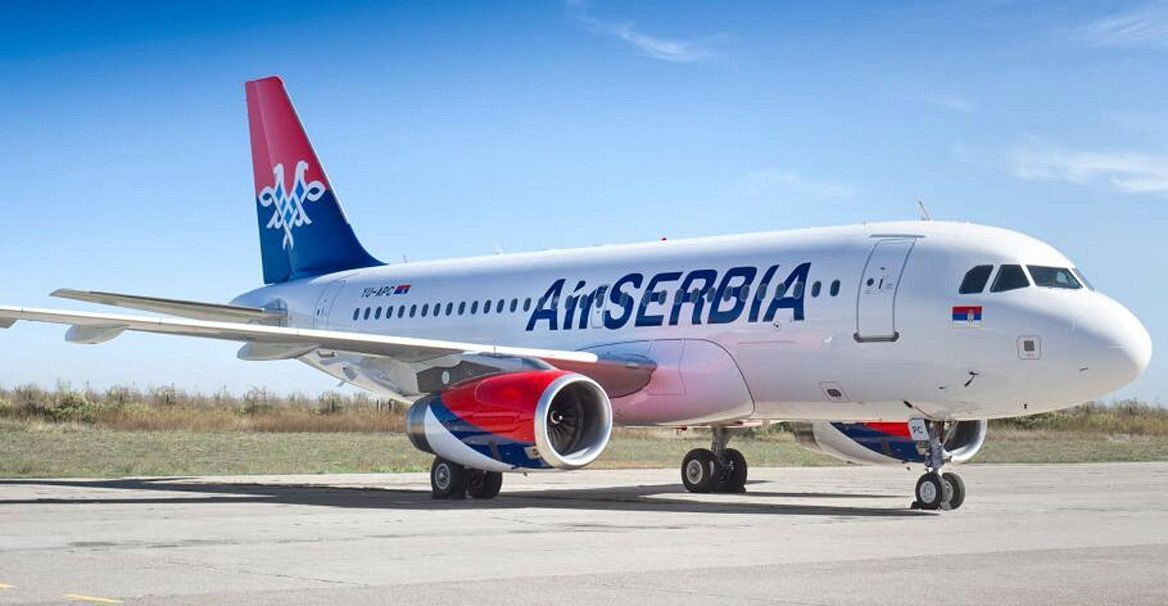
Slovenia shelves plans for new national airline – Slovenia’s Infrastructure Minister, Alenka Bratušek, has downplayed the possibility of launching a new national airline, saying that while the idea is not entirely off the table, the government will continue prioritizing route subsidies as a more effective and manageable approach to improving the country’s air connectivity.
“We’ve explored the possibility of launching a new airline. While the idea hasn’t been completely ruled out, it’s certainly a far more complex undertaking than managing subsidy tenders,” said Bratušek. “It would have been much easier if Adria Airways hadn’t been driven into bankruptcy by its previous owners. A restructuring, similar to what Italy did with Alitalia, might have been possible. But starting from scratch is a tough nut to crack.”
Bratušek previously pledged to establish a new flag carrier during the last election campaign, but the initiative lacked support from key government figures. Prime Minister Robert Golob publicly opposed the proposal, and Finance Minister Klemen Boštjančič—a former CEO of Adria Airways—also dismissed the idea.
Instead, the government has leaned into a subsidy-based strategy to improve Slovenia’s air connectivity. Launched in 2023, the subsidy program has helped bring new routes to Ljubljana Jože Pučnik Airport, increasing the number of destinations served from 19 to 26.
“We’ve already secured five of those new connections through our subsidy scheme,” said Bratušek. “We aimed for ten key routes and successfully launched six, giving us a 60% success rate.”
Despite these gains, Ljubljana Airport is currently experiencing a short-term decline in passenger traffic. In March 2025, the airport handled 94,532 passengers, a 2% decrease compared to the same month last year. Aircraft movements were also down 20.6%, totaling 1,699. For the first quarter, Ljubljana Airport served 248,326 passengers, a 3.7% drop year-on-year—a net loss of 9,491 travelers.
However, there is optimism ahead. Scheduled seat capacity for April is expected to rise 16.2%, signaling a likely return to passenger growth. Meanwhile, the Ministry has hinted at a potential revision of the airline subsidy program following the adoption of a new national aviation law anticipated later this year.
For now, Slovenia’s aviation strategy remains grounded in supporting commercial routes rather than reviving a state-owned carrier—a pragmatic move amid evolving market conditions and political realities.
Source: exyuaviation.com





